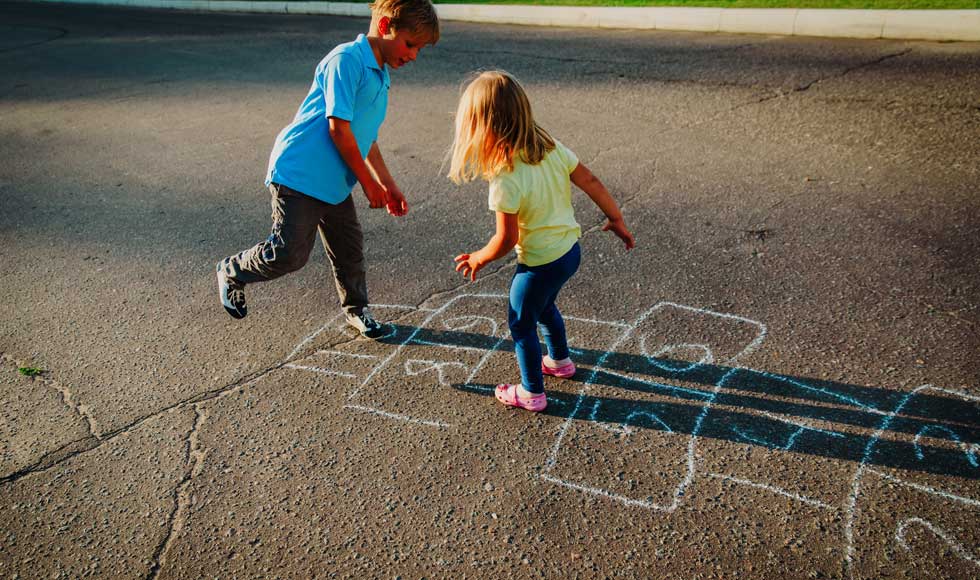
- Health hub/
- Kids Health/
- A balanced approach to childhood sport


There are lots of sporting activities kids can choose from today - which is both a blessing and burden. How many and what sports kids participate in can be a tricky decision for parents, notwithstanding balancing children’s wishes alongside mum and dad’s interests as well as considering what’s affordable and realistic.
There are many questions only parents themselves can answer as every family situation is different but, to at least get you thinking, here’s some food for thought.
So-called “tiger parenting” ideals dictate parents are not only pushy but they call all the shots and hone in and nurture any sign of aptitude (including sporting talent) early. Yet training heavily, particularly in one discipline, from a young age might end up doing a child more harm than good. Not only are kids developing bodies vulnerable to sustaining injuries if pushed too hard but ‘burnout’ is also a possibility.
Although most parents want to give children every opportunity to excel in every aspect of their lives, variety and moderation, as well as making active pursuits fun, are key to nurturing the future sports stars as well as the mediocre (but happy!) team players, of tomorrow.
A good approach, particularly for primary school aged children, is to test out as many team and individual sports as possible before becoming more focused on an activity preference. A benefit of this strategy is that kids with different or unique abilities have more chance to shine.
Sometimes a child themselves might be the one begging to be allowed to train or focus more intensely on a certain sport and it may be the parent that has to push back - using common sense as a guide. The last thing anyone wants to do is to stamp out enthusiasm or talent but the risks of overdoing things – the level of which will differ from child to child, must be weighed up.
Geography, financial constraints and individual circumstance all play a part in choosing kids sports. For large, or families where both parents work maintaining more than two sports per child at any given time will be tricky. It might also be tough for kids say living in remote areas to participate regularly in sports like surfing and, to some extent, city children keen on things like horse riding. But for every hurdle there is a potential solution. Community-run programs or even surf and horse riding camps during school holiday periods might be a good way to give kids a taste of recreational activities they might not normally be able to participate in.
For parents concerned about inactive kids, check out Active After School Communities (AASC) - a national program run by the Australian Sports Commission giving primary-aged kids access to supervised and structured physical activities in select primary schools across the country.
Don’t forget also that parental attitudes to sport is a vital part of the puzzle so try to be a good role model when it comes to getting active and maintain appropriate and respectable levels of side-line support.
Uncovering future sports starts is one thing but developing an appreciation for active, healthy living early is vital to a child’s wellbeing and, hopefully, a better long-term quality of life.
References available on request




